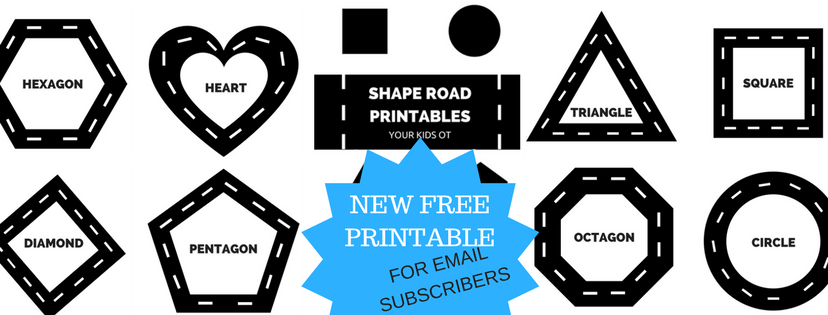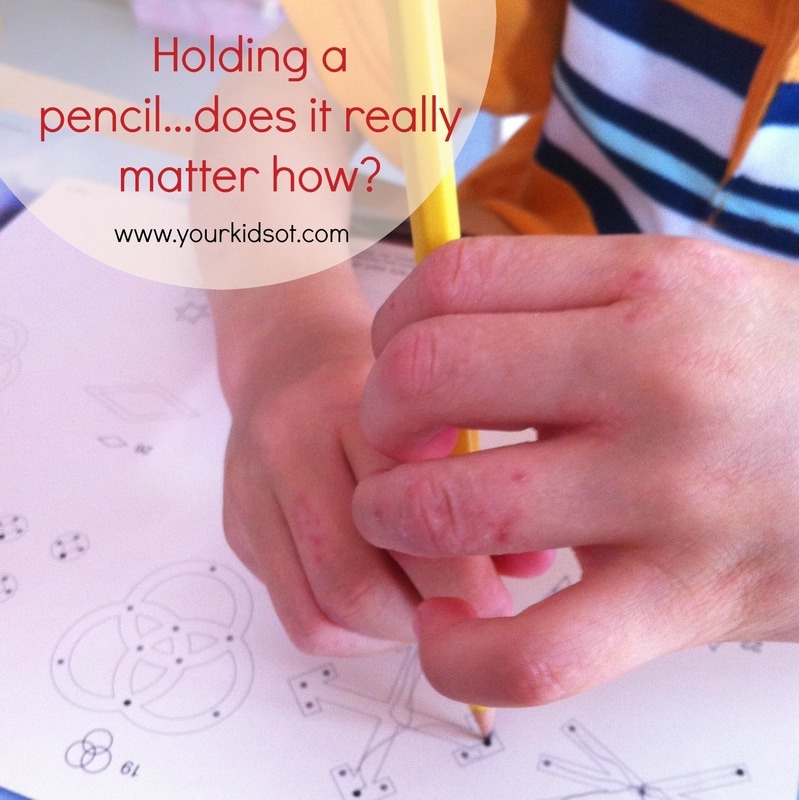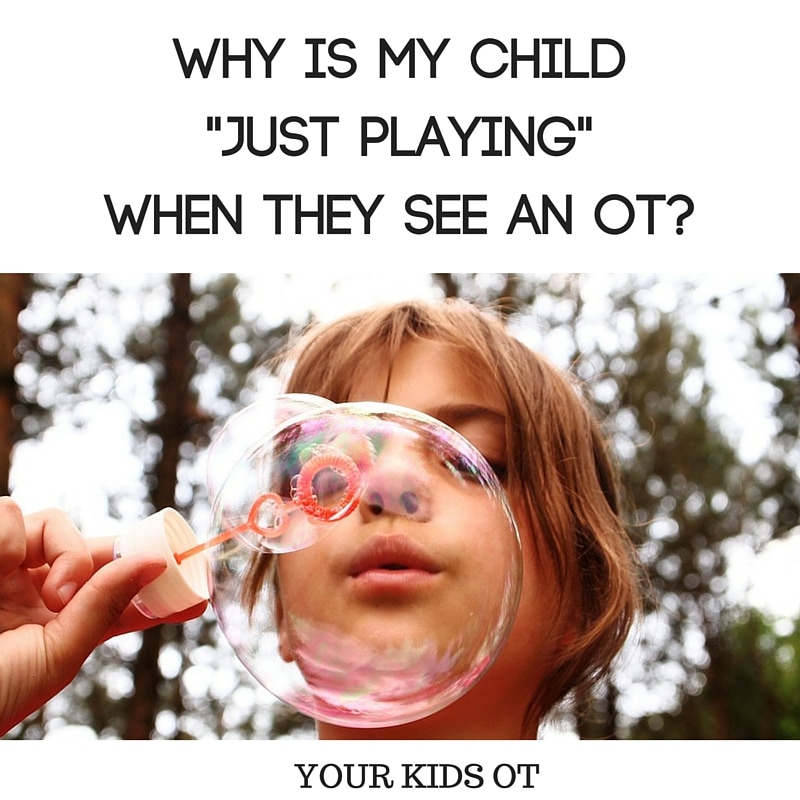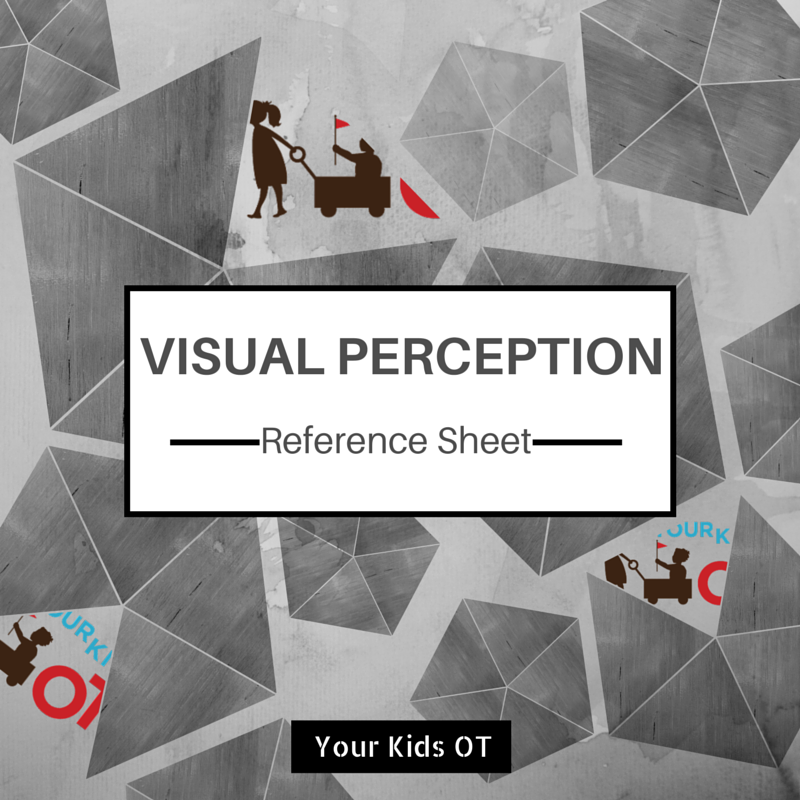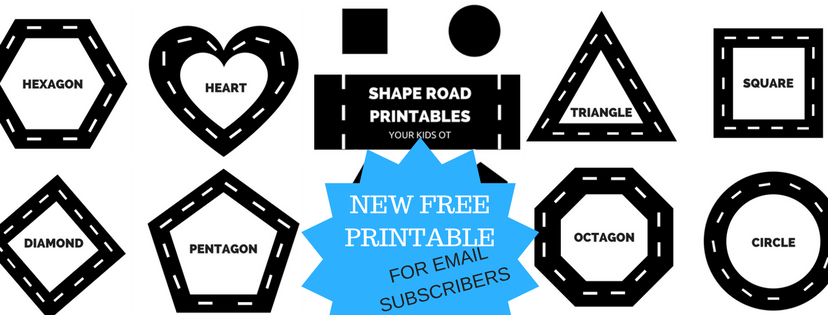How to Use a Metronome to Increase Attention, Coordination and Motor Planning {Guest Post}31/7/2017
What a privilege to have another guest blogger with us today at Your Kids OT! I feel like I am a student constantly learning from others and love reading what other OTs are doing in their practice! Today on the blog, I would like to introduce Casey who is an occupational therapist whom I "met" on Instagram! She shares so many creative ideas! Today, Casey shares with us "how to use a metronome to increase attention, coordination and motor planning". Be sure to follow the links through to her you-tube videos which provide a great demonstration of her activity suggestions here! Have you used a metronome in your OT practice? Have you considered using it in the classroom or at home?
The metronome creates a beat. This beat can be utilized at various speeds providing auditory input for the neurological system to process. Creating a sensorimotor activity that uses the beat (clapping on beat, stomping a foot on beat, bouncing a ball against the wall on beat) causes the brain to process and communicate messages between multiple senses It makes the brain process all of the messages passing through to get in rhythm! Think about listening to a teacher, taking notes, while maintaining posture in a chair. Or listening to your coach tell you how to adjust your stance, while holding bat in proper position in the batter's box and readying yourself for the next pitch. Multiple avenues of brain communication are needed to complete these tasks in congruence. What better way to exercise the attention, focus and motor needed to do this than to add some rhythmic auditory input. Here are some examples:
What I love about this - is it is so easy to implement! This is not just an idea for therapists! Parents, teachers, paras... anyone working with kids YOU can try this too. I love implementing these activities for brain gym/brain breaks to stimulate the body and brain! They would be great activities to do during the school day or before homework! I hope this inspires you and gives you a fresh idea to implement in your home school or therapy session! Ready to Grow - Casey
You may also like:
Wow, what a lovely craft!
The craft had a photo of Miss 4 years on an elf body, with paper concertina arms and legs. Did you make that (Miss 4 years)? Um no, I did the folding! The sheepish teacher admits to me. This situation greets me more often than not and it prompted me to write this post. With school resuming in Australia very soon, this article is for teachers! If you see your teacher "guilty" of these things maybe you can prompt them with "why"? Also note, when I say "teachers", I'm also talking to OTs and parents who may also be "guilty" of these things! 1. Teachers PLEASE don't do the craft FOR your kids! This is my top gripe with preschool and school teachers. Kids do not need or want insta-worthy craft! Parent's don't want to see YOUR crafting skills (even if does make the classroom look beautiful). Kids need opportunities to snip, cut, rip, glue, fold and to make mistakes! They need to have craft opportunities where they can learn about spatial relationships (even it means legs are coming out of heads, arms are different lengths and tongues don't curl properly). Painting outside the lines means they can work out where things are in relationship with themselves. Manipulating glue stick lids or squeezing the PVA glue are opportunities for fine motor and hand strength development. Early opportunities for snipping and cutting will lead to smoother cutting and better manipulation of the paper with practise. Folding those paper planes and flying them, kids will learn that more accurate folds make better planes and should practise these fine motor skills. Rolling, tearing and scrunching paper are so important for bilateral coordination and fine motor development. At home, provide lots of craft materials for your kids to create, experiment and learn! You may not be "crafty" yourself or even like the finished product that your child produces (lets be honest here)... but it is not actually always about the finished product. Allow your child to work through the process. Need some ideas? Check out my "homemade arts of craft section". Each craft here is designed to be done by kids (with minimal help from adults). 2. Teachers PLEASE don't sharpen pencils for your kids! I'm sure this is a time saving thing, but teachers why not provide ordinary pencil sharpeners in the classroom?! They don't even make a mess as they have little containers to catch the shavings. I don't mean to be patronizing but I would love to see more pencil sharpeners in preschool classrooms especially. What an easy natural way to work on bilateral coordination and fine motor manipulation. So much of the "turning" action when sharpening a pencil is made by the thumb and index working together. What a perfect "pre-writing" activity! If your child is using their whole hand to turn the pencil, encourage them to do this with the thumb and index finger - it may take practise! As OTs we come up with exciting and creative ways to work on these skills, however such a simple thing as sharpening pencils regularly will help your kids to develop these skills! I may be including "pencil sharpening" as homework this year for my OT kids! Make sure you encourage your child to do this at home too! You will be surprised with how quickly your child might say "my hand is tired" as they are not used to using these muscles.
3. Teachers please don't expect good handwriting if your child is sitting in a plastic garden chair!
It has been a few years now since I worked in a school where the standard chair for students was a cheap plastic garden chair with arms rests. These chairs were horrible for posture at a desk. The arm rests did not allow the chair to go under the tables, the child was either sitting back in a slouched position or sitting right on the edge at the front of the chair so they could rest their arms on the table. The chairs easily tipped and were difficult to move in and out of the table. Other schools may not be as bad with the chairs provided, however I do want to remind you that posture is important. Children should be able to comfortably place both feet on the ground and the table should be slightly higher than their bent elbows without elevating their shoulders. Children should also have enough space so they are not "on top of" the child sitting next to them. Check your tables and chairs at home too! Check where your child may be doing any "table top" work. The dining table may be a great option but often kids have their legs dangling and their arms are uncomfortable as shoulders are elevated so that they can reach. Small children may work better at a coffee table whilst sitting on an ottoman or cushion. You may want to invest in an adjustable table and chair that grow with your child. You will find out the importance of posture and gross motor skills in "THE HANDWRITING BOOK" which is currently being launched! Apply the launch week discount code: HANDWRITINGHELP1
4. Teachers please don't take away writing lines too early!
Removing writing lines too early is like removing the lane marks on a road and expecting people to drive within the imagined lanes accurately. Some people can do it, but many can't! (OK - A slight exaggeration but you get the picture!) Writing on lines provides children with a visual guide as to how to position letters. They can work out the size of letters and how they are positioned in relation to each other within a word and a sentence. When you remove the lines, kids need to be able to visualize how tall letters need to be and even how to write in a straight "line". Yes they need to know how to visualize this themselves - but at what age? Often when I see children in year 1 or 2 or even older who have handwriting legibility difficulties, I need to give them the "lines" back to help with the visual spatial and organisational skills. I use my "earth paper" to provide a strong visual guide and then we work back to needing less lines. You could also use grid paper to help with organisation and spacing. 5. Teachers please don't punish kids by making them sit still or keeping by them in from recess or lunch. Research shows that kids need opportunities for movement, exercise and fresh air. The American Academy of Pediatrics (2012) make the following recommendations about the need for recess.
In conclusion the AAP state "recess should be considered a child’s personal time, and it should not be withheld for academic or punitive reasons". Any teachers, OTs or parents guilty of some of these things? I love working with my "teacher" friends and colleagues! I count many teachers as very good personal friends! Please don't take this article personally. I did have a good chuckle with the teacher I mentioned in my introductory story! She "knows" where I stand with letting kids do the "craft"! Let's go "BACK TO SCHOOL" in 2017 with a fresh look at how we "help" our children with their development and learning!
This article is part of the 2017 Aussie Back to School Blog Hop!
Read the "back to school" articles here by some wonderful Australian Bloggers! You will find out how the first time school mums are feeling, tips for special needs parents, great lunch box ideas as well as suggestions for those who don't like crunch and sip! Teachers Please Don’t! | Your Kids OT Advice For First Time School Mums From Seasoned Mums and Teachers | The Multitasking Woman 10 simple ways to make school lunches more fun | Kidgredients Teacher Types Top Tips for Going Back to School | Teacher Types Maintaining a Play Filled Routine throughout the School Term | Kids Play Space 5 Must Have Items for Starting Day Care | My Bored Toddler Handling Crunch and Sip with Fussy Kids | Play With Food How to share your child’s special needs with their new teacher | My Home Truths 16 things the school holidays have taught me | Eenie Meenie Miney Mum The Most Important Skills Your Child Needs for School | The Happy Me Shop 101 Sandwich Filling Ideas for Kids | Create Bake Make
Reference:
The Crucial Role of Recess in School. (2012). Pediatrics, 131(1), 183-188. doi:10.1542/peds.2012-2993
Ever sound like a broken record?
"What does a sentence start with?" "How do you hold the pencil?" "Remember to put a space between your words." "What do we put at the end of the sentence?" Are you encouraging your students to self-evaluate their work? This checklist comes in a set of 3. The perfect prompt for the classroom, home and OT sessions! Download your FREE copy here today! (FREE FOR A LIMITED TIME)
You may also like:
WHAT ARE BRAIN BREAKS?
A brain break is a short 2-3 minute break from formal instructional teaching in the classroom. It may incorporate body movements such as dance, stretching, strength and coordination. The purpose is to get the attention of the class as a whole and activate their bodies ready for learning. Brain breaks may be used to help alert kids; wake them up from sluggish behaviour or lack of concentration. Brain breaks may also be used to calm kids down when necessary; relax them from over-excitement. WHAT IS THE "THINKING" BEHIND BRAIN BREAKS? The term "brain breaks" is derived from "brain-based" education. You may have heard of terms such as "using both sides of the brain" or "engaging the brain" in learning. Jensen (2008) talks about brain based teaching as ESP - the active ENGAGEMENT (E) of purposeful STRATEGIES (S) based on PRINCIPLES (P) derived from neuroscience. He challenges teachers to consider how brains learn best. The "Whole Brain Teaching Method" is also becoming increasingly popular in classrooms as teachers promote learning through visual, auditory, kineasthetic and cooperative learning techniques Fishel (2011). Occupational therapists have used sensory integration principles in assisting children in the classroom who have difficulty paying attention and concentrating. We recommend movement breaks or "vestibular activities" to help organise the nervous system. Depending on the activities vestibular sensation can help the nervous system to stay organized and balanced; alerting with quick head movements or calming with slow head movements (Yack, Aquilla and Sutton, 2015) . We also look at a child's proprioceptive system; the unconconscious awareness of body position located in muscles, tendons, ligaments and joints. Activities that require muscles to stretch and work hard can provide proprioceptive sensations that can also help the brain to regulate arousal states (Yack, Aquilla and Sutton, 2015). Brain breaks are strategies that combine these neuroscientific principles, engaging children in the classroom so that they are ready to learn! Brain breaks are suitable for average developing children in a mainstream classroom as well as for children with special needs. They are also suitable for kids of all ages (and even adult learners)! BRAIN BREAKS - What teachers "think"! In speaking with different teachers, they love having a variety of brain breaks and movement break suggestions in their repertoire. Kids love them in the classroom. A teacher (thanks Chauntal!) I spoke to in researching this article said "Sometimes I find they need to get rid of energy so we dance or do kinaesthetic learning games such as star jumps while we spell or clapping games while we count in patterns. If we are concentrating on a writing task we might do strength core exercise such as planks, chair dips or yoga poses. When we need to calm down we do brain gym - like rolling shoulders in different directions or different coordination games".
BRAIN BREAKS FOR THE CLASSROOM!
LOW TECH
WITH TECHNOLOGY Teachers who have access to smartboards, love using these boards to help incorporate movement into the classroom. There are many options available on You Tube.
Do you use brain breaks to help kids to concentrate in the classroom? What are your favourite brain breaks? 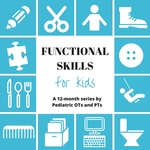
This post is part of “Functional Skills for Kids: 12 month series by Paediatric Occupational and Physical Therapists”. You can read all of the childhood functions HERE. Read all Your Kids OT’s monthly posts HERE.
Find more information about “School Day Functions”, stop by to see what other Occupational and Physical Therapists participating in the “Functional Skills for Kids series” have written:
Fine Motor Skills Needed at School and Classroom Activities | Sugar Aunts
How Do Gross Motor Skills Affect Academics? | Your Therapy Source 65 Helpful Strategies for Students with Sensory Challenges | Mama OT Brain Breaks to Help Concentration in the Classroom | Your Kids OT Things You can do at Home to Help Your Child in School | Therapy Fun Zone Tips for Following Directions in the Classroom and Home | Growing Hands-On Kids Positioning In The Classroom |Miss Jaime OT 10 Transition Strategies for Kids: Preventing Tantrums | The Inspired Treehouse The Case for More Play in the School Setting | Kids Play Space
References:
UPDATED 2023:VERSION 2 OF THE SCHOOL READINESS CHECKLIST NOW AVAILABLE!
As we begin term 4 of the Australian School term, some of you may be thinking about school readiness for 2015. Is my child ready for school? Is school ready for my child?
Whilst there are certain expectations for children beginning school, there is also a wide-range-of-normal! Children learn at their own pace and may begin school with various "school readiness" skills. School readiness may include social skills, language skills, emotional skills, concentration skills, visual-motor skills, pre-writing skills, self-care skills, fine and gross motor skills. If your child has difficulty with one or more of these areas of skill development, it does not mean that they are not ready for school. It may mean that they need some help ... including Occupational Therapy. I suggest looking at the overall picture of your child's development and speaking with your child's educator (if they attend preschool or child care). The following school readiness checklist is based on those "red flags" where referral to Occupational Therapy may assist your child in these months leading up to starting school. The questions here are based on various standardised assessments OTs use including The Miller Function & Participation Scales, The Peabody Developmental Motor Scales and the Beery VMI (Visual-Motor Integration). The checklist is not exhaustive and was developed to provide a snapshot of where you child is currently performing and what they may need help with completing.
You can find a FREE printable copy of this checklist in the Your Kids OT shop. You are welcome to distribute it to parents and educational settings. OTs, please do not copy the content for professional use (ie. don't use the content and add your own logo).
If you complete this checklist and have concerns about your child's development, contact an Occupational Therapist for a comprehensive assessment. If you live or your child attends an educational setting in the Ryde LGA (Local Government Area), please contact me at [email protected] or via the contacts pagehere for further information about direct therapy services. Do you have a child starting school in 2015? Red light... stop, Orange light... get ready, Green Light...go. Traffic lights are a great way to help kids organise themselves for work whether it be in a therapy session, in the classroom, in the playground or at home. I have created 2 sets of traffic light visual aids to help kids to organise themselves, ie. to help with self regulation. Stop, Think, Do and Read, Plan, Write. 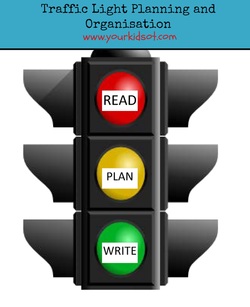 The traffic light visual aids come in a set including "Stop, Think, Do" and "Read, Plan, Write" in 2 sizes. The A4 size is suitable to use as a poster and the smaller size is suitable to be cut up and distributed to several children. You could print off copies for a whole class and paste them into an exercise book, use them as a bookmark or laminate and place on a child's desk. These visual aids may be used in a variety of ways to help your child self regulate.....examples include helping children before they do a writing task, in social situations when they are challenged or distressed, to manage anxiety or anger, exam practise, etc. This may also be of assistance to children who are impulsive. These traffic light visual aids for planning and organisational skills may be purchased from the Your Kids OT shop or Teachers Pay Teachers. I value your feedback here or on the sites where you purchase them. Thanks for telling me and others what you think! Let your colleagues know by pinning this or sharing this post. Thank you for your support of Your Kids OT. Are you looking for a checklist to help your child to complete their daily chores? A visual checklist may assist to motivate your child and help them to organise themselves to complete their daily jobs. Find a range of "My daily jobs" charts in the Your Kids OT shop. Each package includes three charts with either pre-selected jobs or a blank chart to enable you to customise it for your child. There are a range of charts to appeal to girls and boys. Laminate the charts for durability and repeat use. Children from toddlers to teenagers can help with daily jobs around the house. This helps to promote a range of skills including:
* Social skills - turn taking, waiting, cooperation, language development, sharing, time with other family members in a shared experience. * Planning and organisation - planning and organisation of equipment and time; sequencing the procedure, motor planning. * Personal skills - self confidence, sense of achievement, sense of belonging to a family, independence and responsibility. A chore such as "setting the table" may be divided up among family members if you have more than one child in your family. For example, Child A takes the plates and cutlery, Child B takes the cups and serviettes. "My daily job" charts allow both children and parents to monitor what chores are completed in a week. This may be useful when pocket money or other "rewards" are given when chores are completed. Do your kids do chores around the home? What are they? Do you find yourself in "repeat mode" every morning? "Have you brushed your teeth?" "Put your shoes on." "Pack your bag." "Have you washed your face?" School days are often worse than the weekends. Where does the time go? Even if your child is an early riser, in those moments before you need to be out of the door there is chaos. Does this sound like your house? On the other hand, some children struggle with getting ready for bed. There is another drink of water to be had, teeth to be cleaned, a book, turning the night light on, going to the toilet... the list might get longer each night. For some children, a visual time table or visual checklist can help with getting "ready" or organised in the morning or at night. Some children find visual cues helpful for completing tasks such as getting dressed and for others understanding the routine of the day can be better understood through photographs or pictures. Visual cues help children to plan and organise. They provide predictability and routine, which can be difficult to teach a child with a disability.
Here are a few tips for introducing a visual checklist or timetable...
Have a closer look at these checklists at the Your Kids OT shop and see if they will help your child with planning and organisation.
|
AuthorHi, I'm Cindy and I am an Occupational Therapist. I enjoy working creatively with children to see them reach their potential. Read more about me here. SEARCH THIS SITE
Archives
June 2024
Categories
All
Popular Posts |
Join the YKOT e-newsletter!
Subscribe to get our latest content by email and receive
the SHAPE ROADS PRINTABLE NOW!

Success! Now check your email to confirm your subscription and receive your free printable!
Join our Mailing List!
Subscribe to get our latest content by email and receive
the SHAPE ROADS PRINTABLE NOW as a thankyou!

Success! Now check your email to confirm your subscription and receive your free printable!
Disclaimer: The information on this site is general in nature and should be used for educational and entertainment purposes. The activities are safe for most children, however, you should consult an Occupational Therapist or health professional to address specific movement, sensory or other medical conditions. This blog does not replace formal therapeutic professional advice given by a health professional or medical practitioner. Reviews and endorsements of products will only be made based on my expertise and personal opinion; and deemed worthy of such endorsement. The opinions shared in sponsored content will always be my own and not that of the advertising company or brand. Content, advertising space or posts will be clearly identified if paid, affiliated or sponsored. Affiliate links may be found throughout this website in advertising. This means that if you follow through with a purchase from these links, Your Kids OT will receive a percentage of the sale. Your Kids OT undertakes to meet the requirements of the "Social Media Policy" as published by Australian Health Practitioner Regulation Agency (AHPRA). Further information about this policy can be found here.
Find meFollow me |
About me
AuthorHi, I'm Cindy and I am an Occupational Therapist. I enjoy working creatively with children to see them reach their potential. Read more about me here. |
Copyright © 2017 Your Kid OT

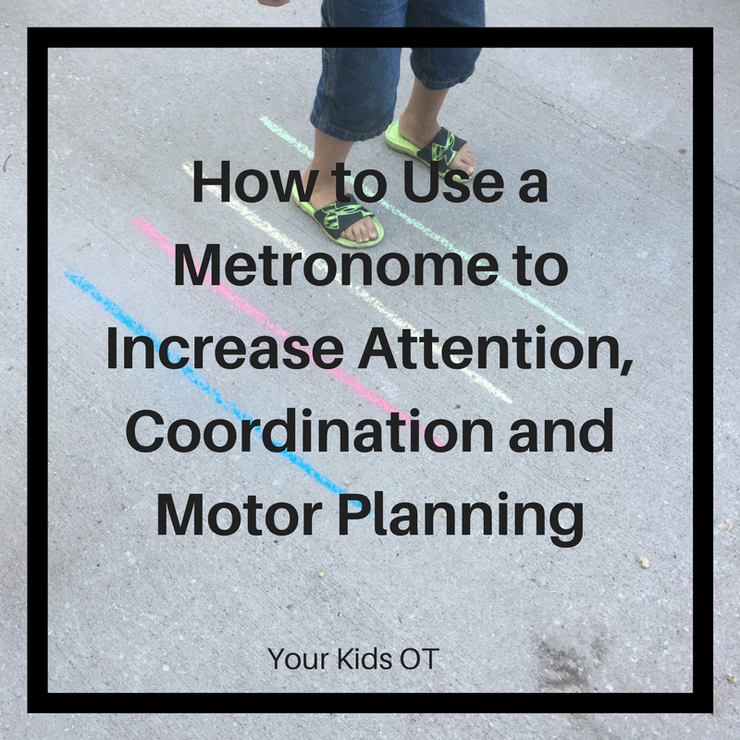
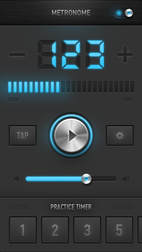
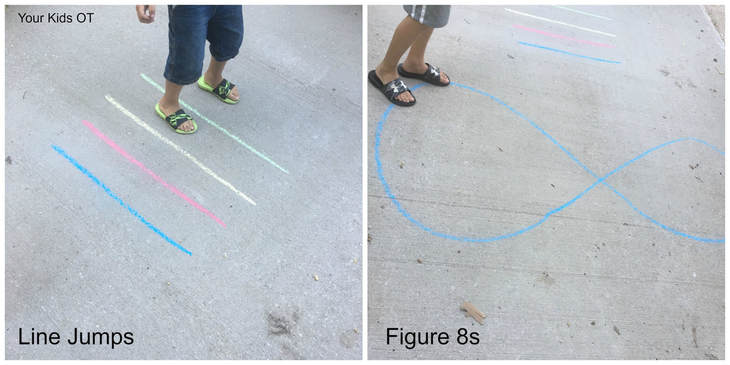
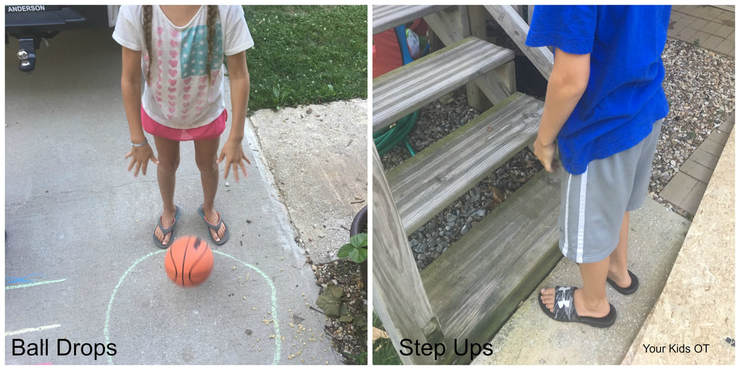

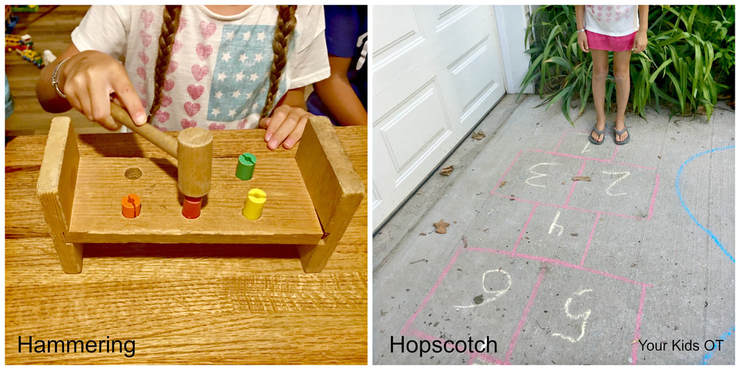

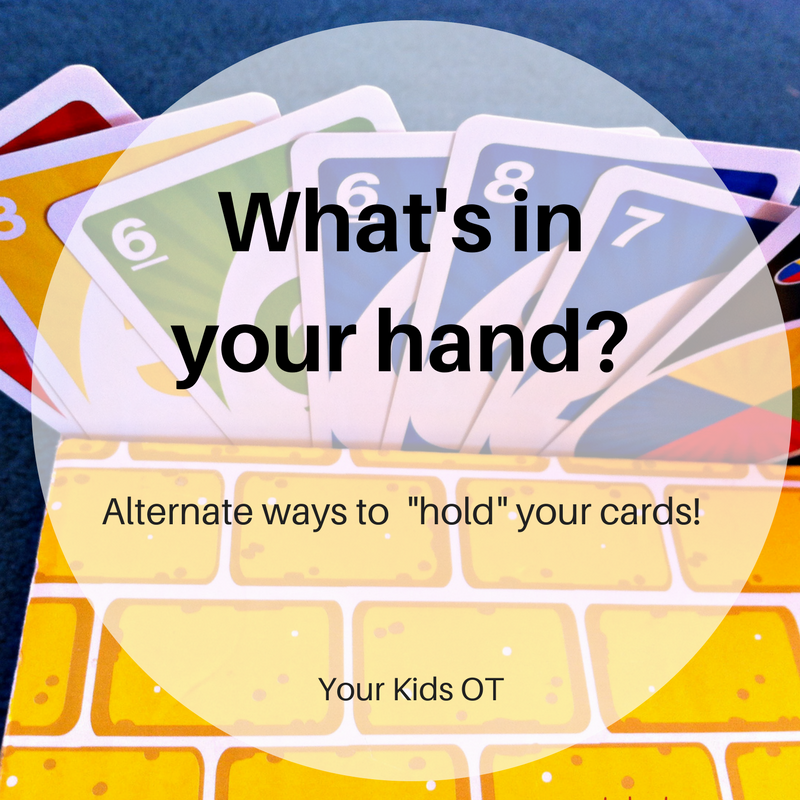
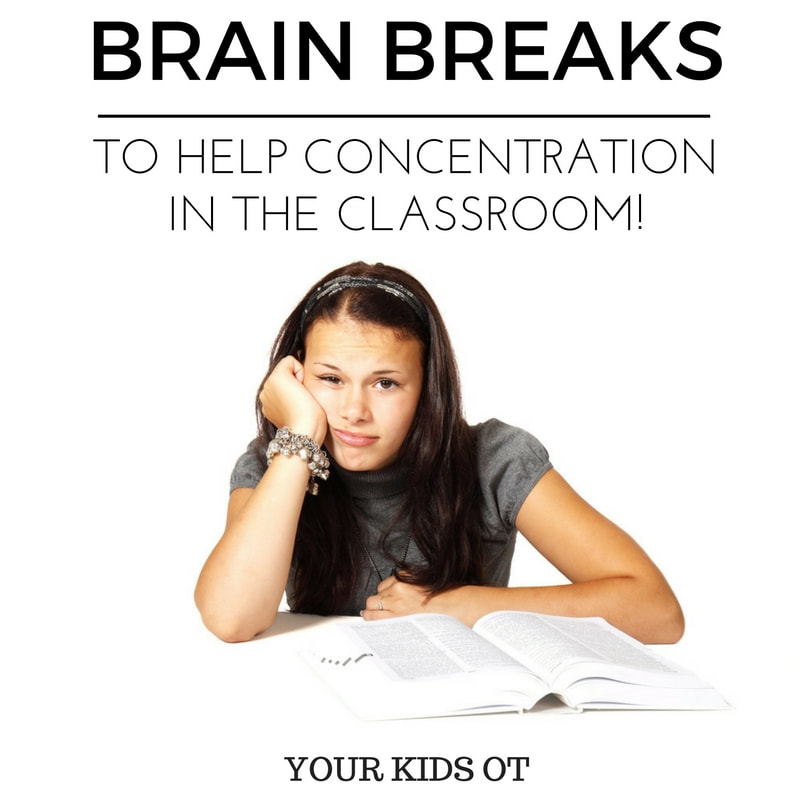
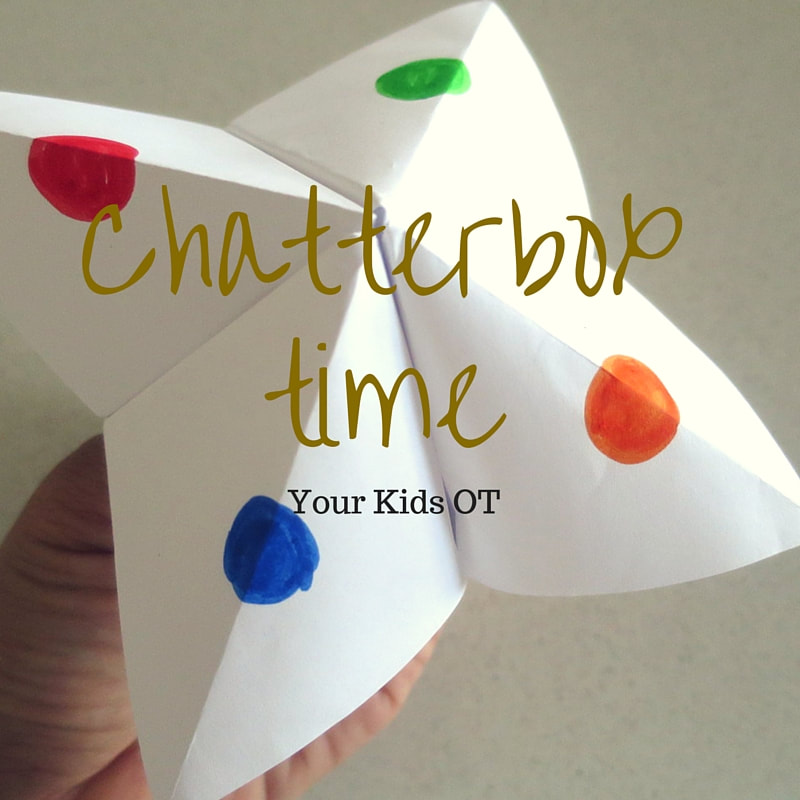
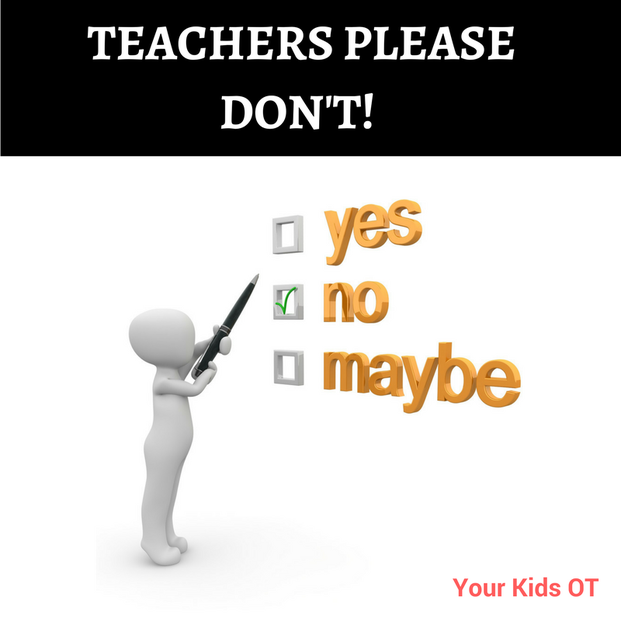
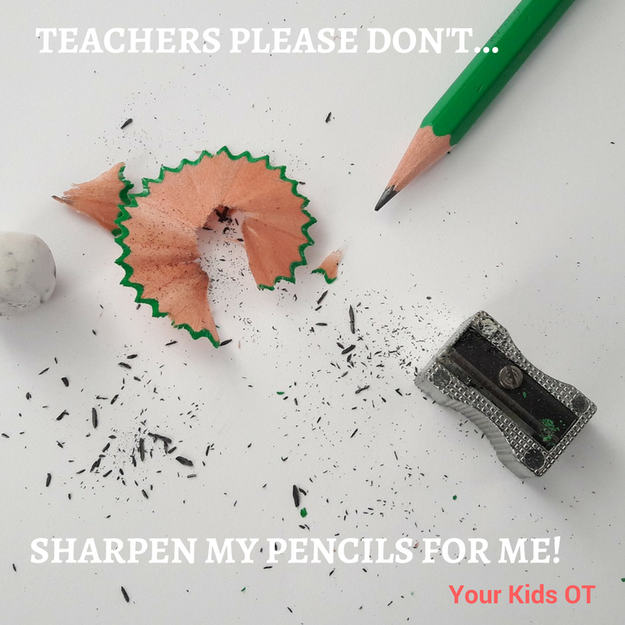
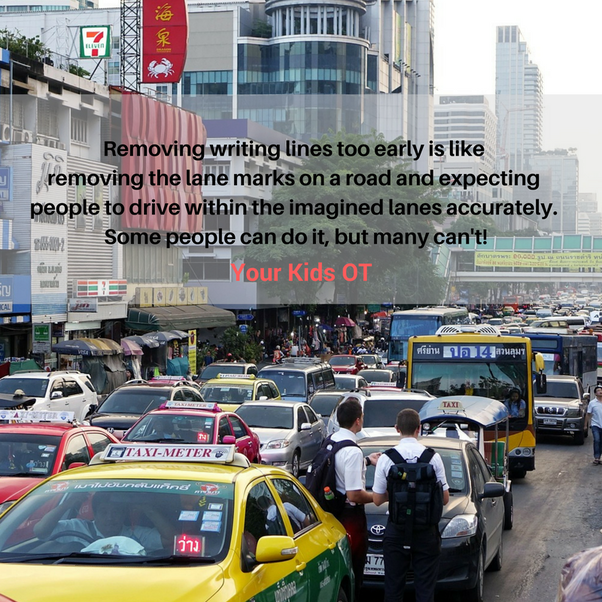

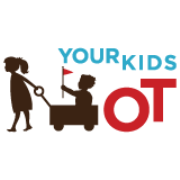




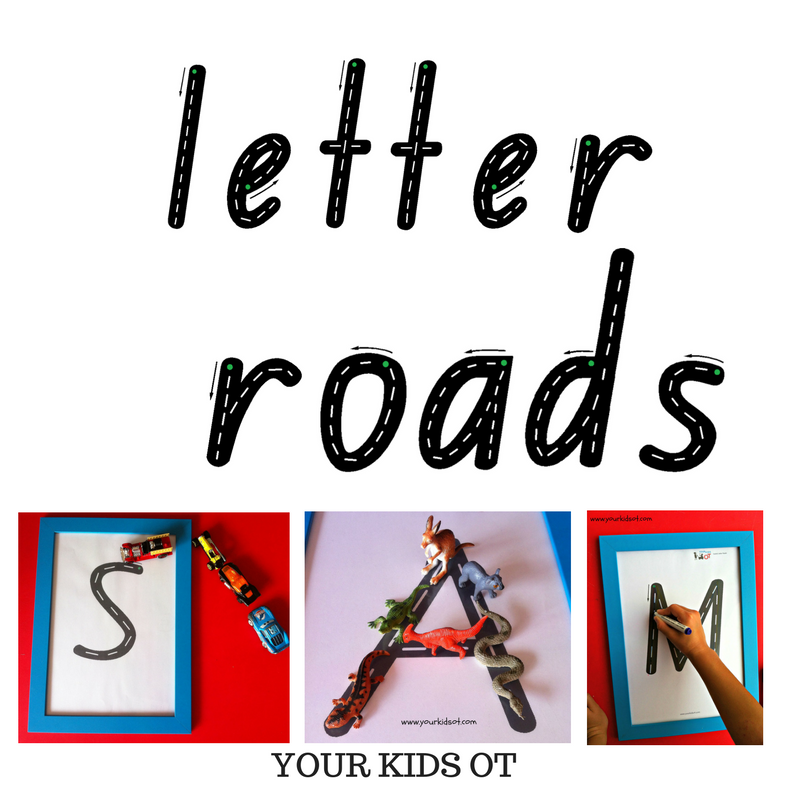
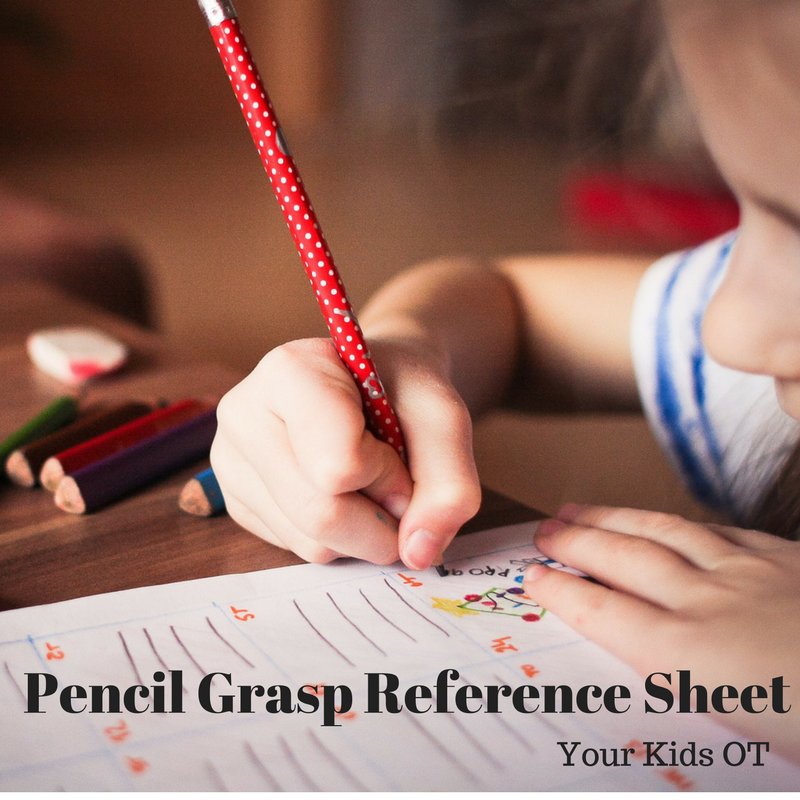
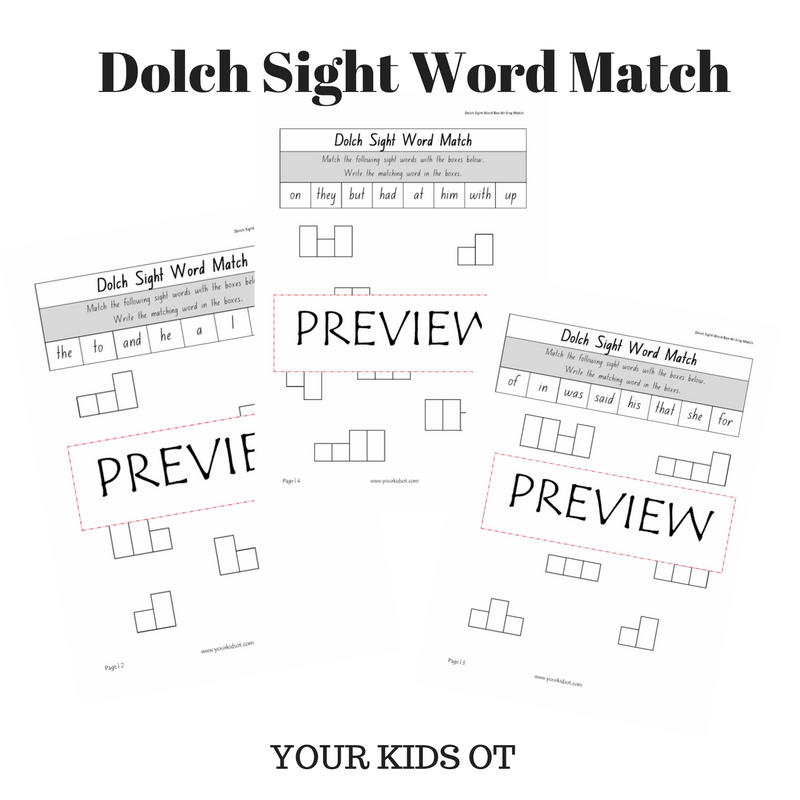
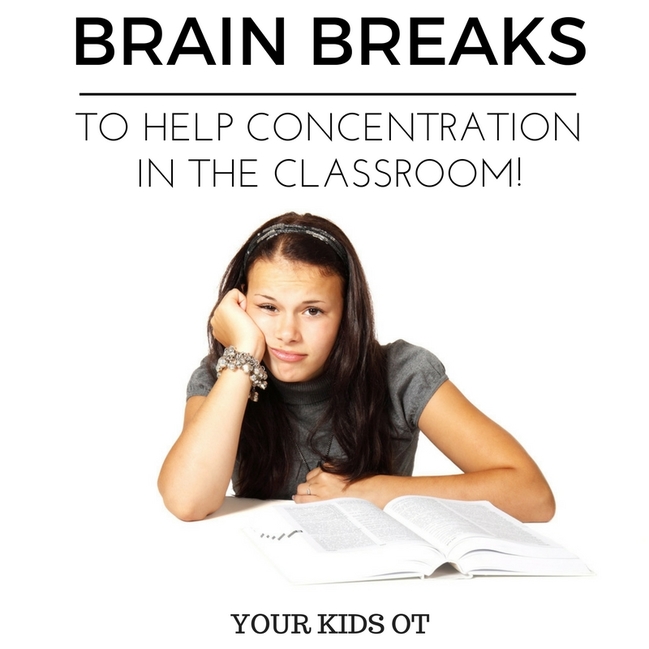
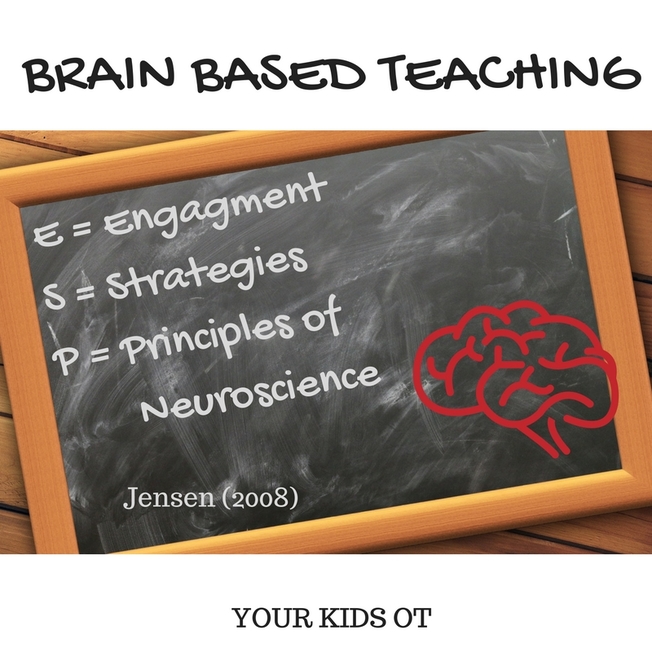



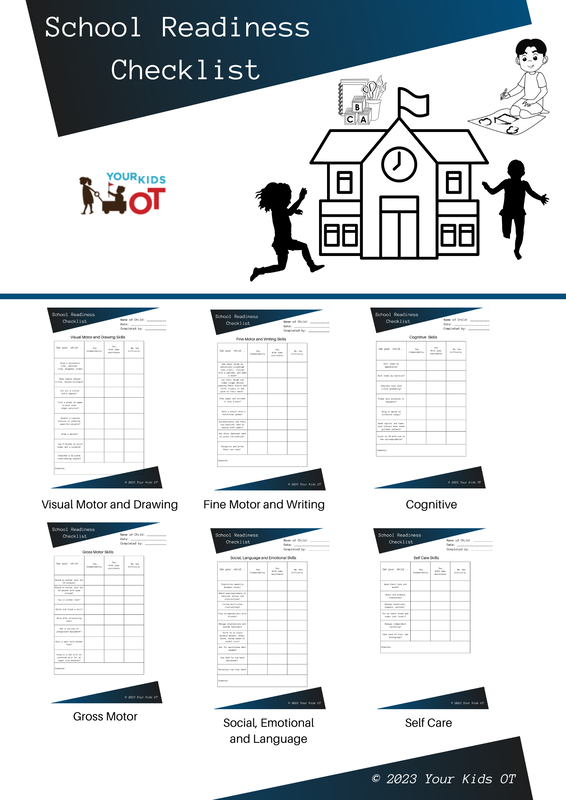


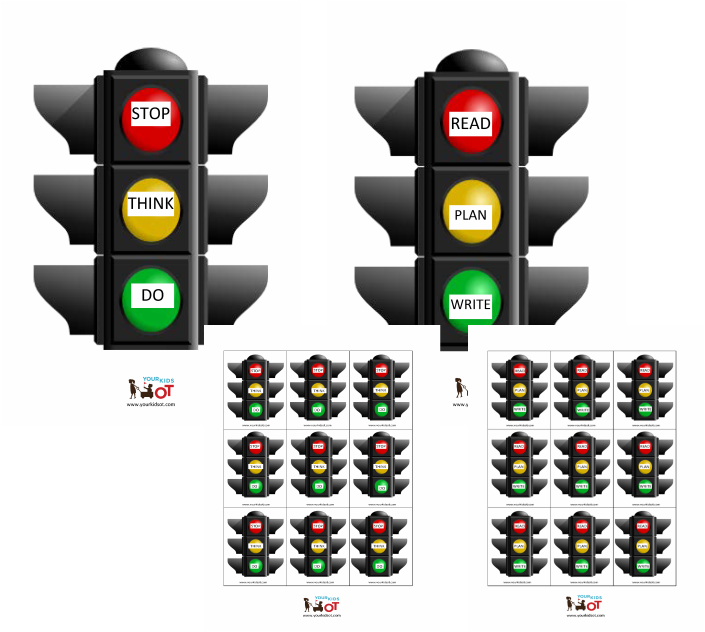
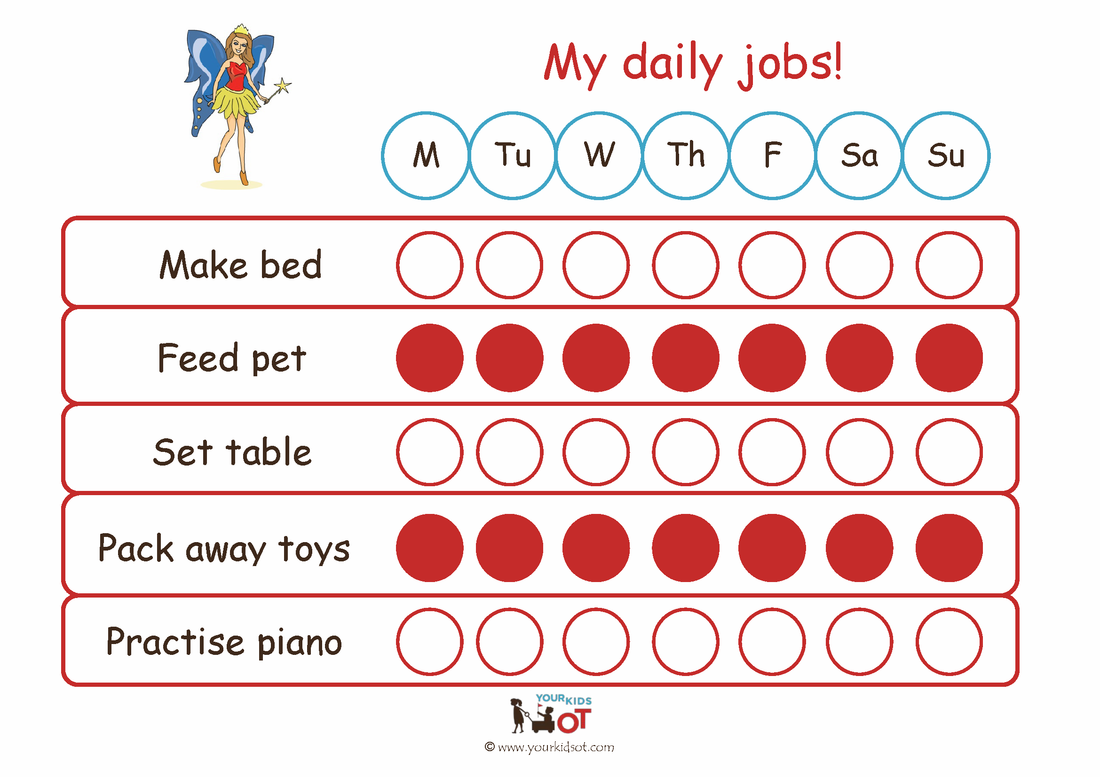
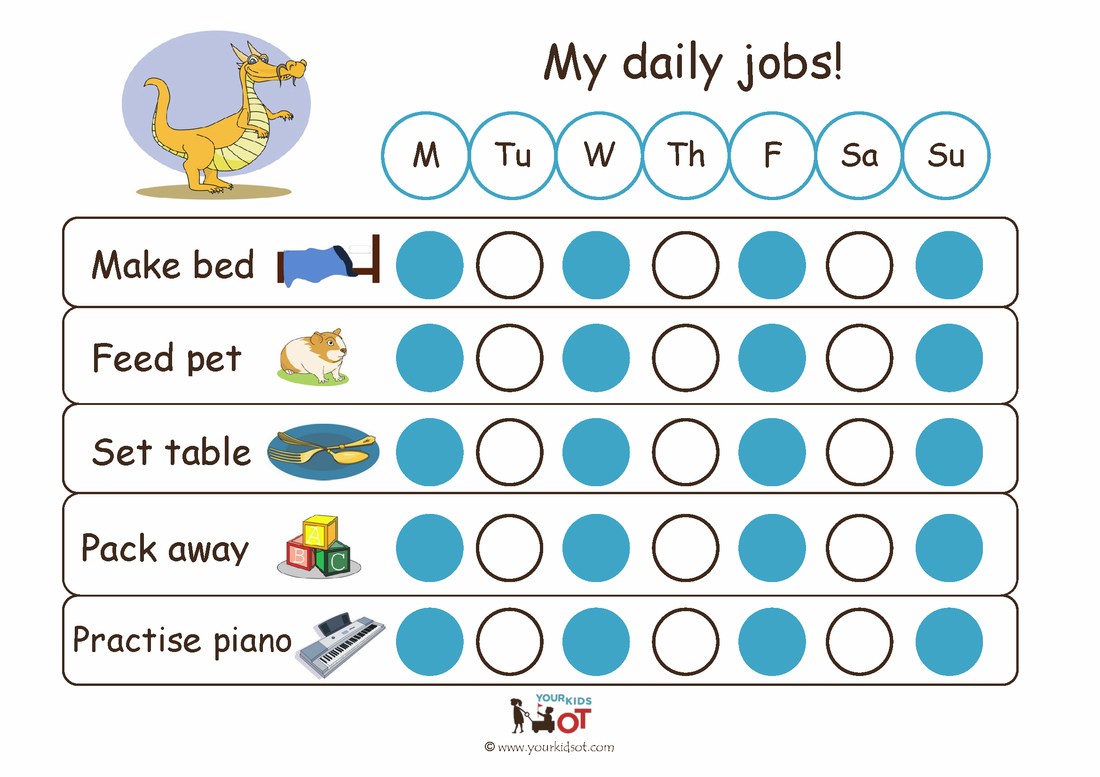
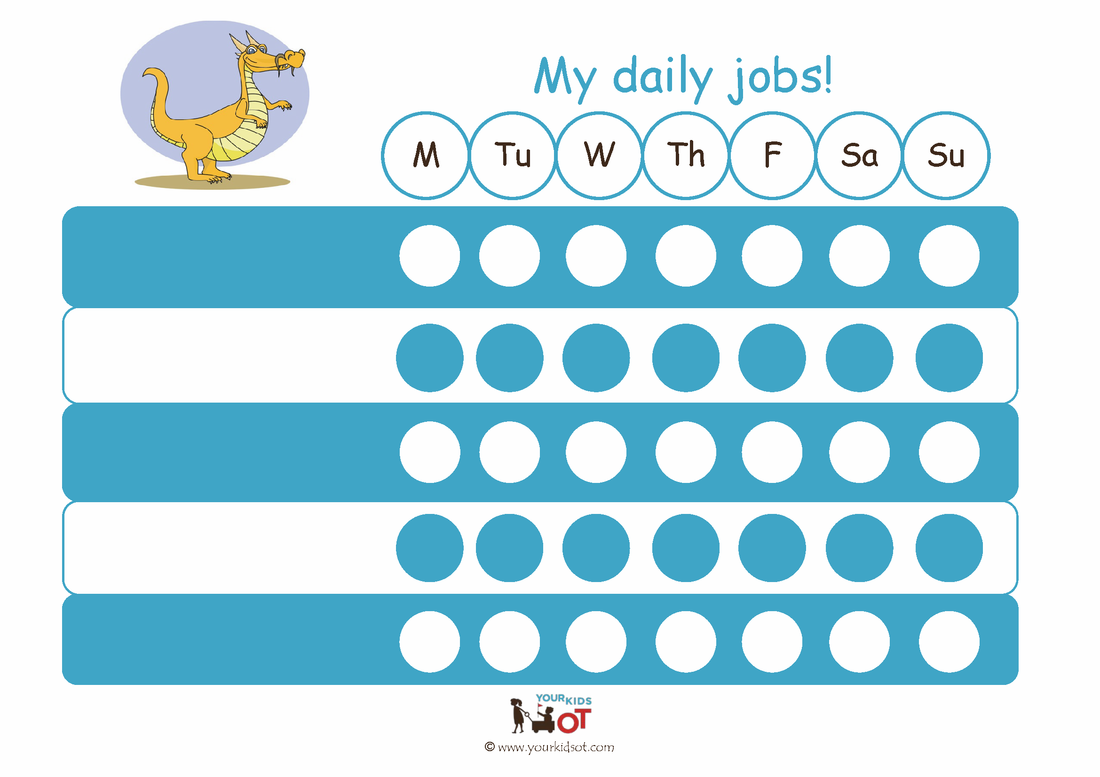

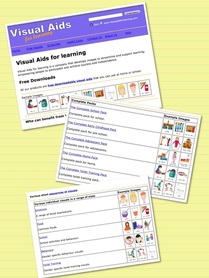
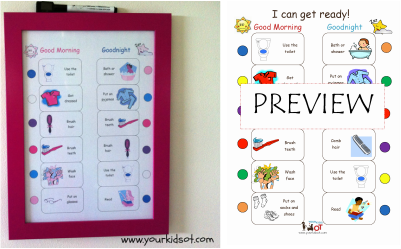

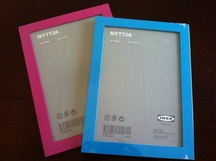

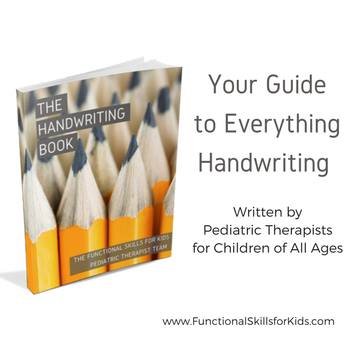

 RSS Feed
RSS Feed
